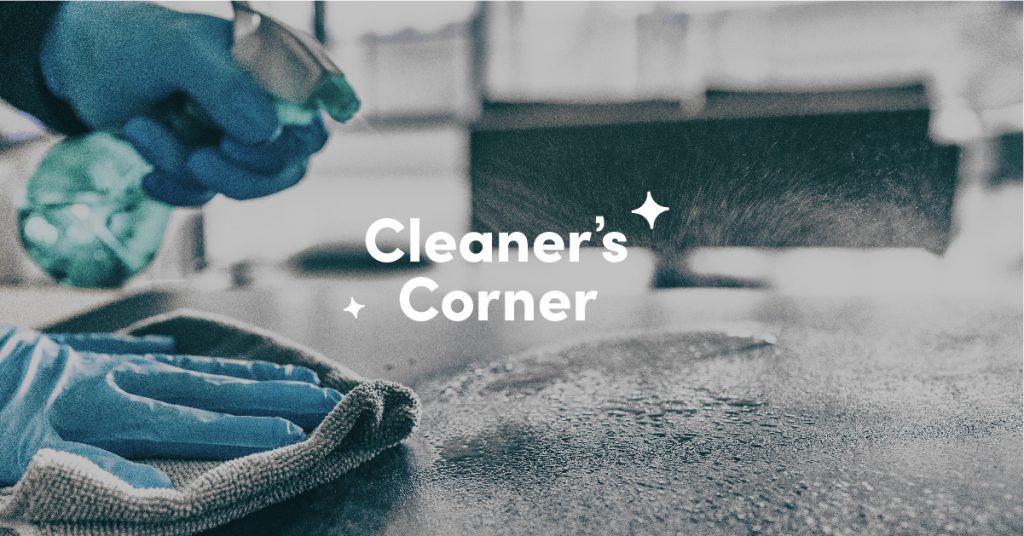Question: Is the micron setting important when spraying disinfectant on hard surfaces?

Doug Lerch, KleenMark’s product expert
To cut right to it – yes, micron size is incredibly important when applying disinfectants with a sprayer (electrostatic, hand-pump or otherwise).
Let’s first talk about microns at the most basic level – no need to over complicate things. Essentially, a micron is how we describe the size of a single droplet. The larger the droplet the larger the micron number.
The size of the particle is relevant because it affects how well the disinfectant works and also how it “drifts” in the air. The micron setting on a sprayer also affects how thoroughly a surface is covered with the disinfectant.
Most hand-pump sprayers – what you often see at hardware stores – generally don’t have nozzles that produce microns small enough for spraying disinfectant with precision. The reason is they’re often used to spray insecticides and pesticides. If the droplets were that small, they would disperse unevenly and drift in the wind or indoor air current.
Spray bottles and hand-pump sprayers often leave disinfectant bubbles on hard surfaces. A great example is at gyms, where spray bottles are commonly used. Because the microns aren’t small enough, bubbles form when you spray benches to disinfect them. Any surface inside that bubble isn’t disinfected. That means COVID-19 and other germs aren’t killed and coverage is inconsistent.
With higher micron settings, you’re also not spraying as many particles. For instance if the micron level is doubled (say, from 250 to 500), you produce only one-eighth as many droplets. That means a less thorough covering of the surface.
Microns and electrostatic sprayers
We use electrostatic sprayers with nozzles that allow us to set them at 40, 80 and 110 microns. This is especially important with an electrostatic sprayer because droplets are super-charged, meaning they seek out negatively charged or neutral surfaces and “stick” to them. If you’re uncertain if an electrostatic sprayer is the right tool for the job, check out: “Do I Need an Electrostatic Sprayer for Disinfection?”
The small droplets disperse evenly from an electrostatic sprayer, because they repel each other in the air. Therefore, they don’t “clump” or form larger droplets. The end result is more consistent surface coverage.
You’ll know you have the perfect setting when the surface is fully covered but not too saturated, no matter the application device.
